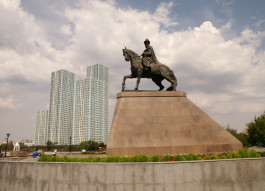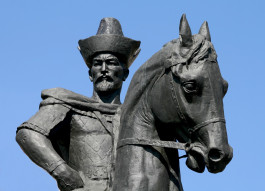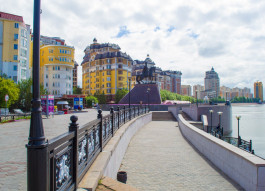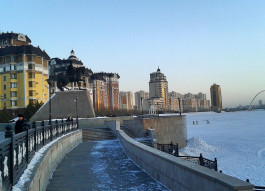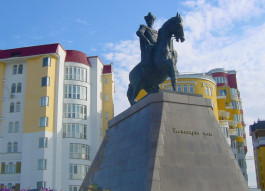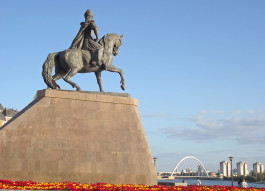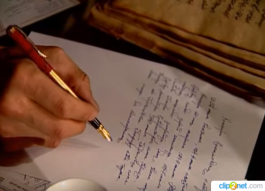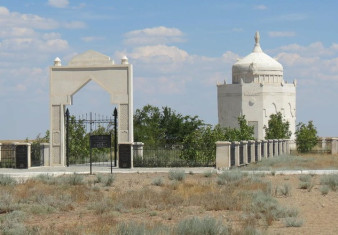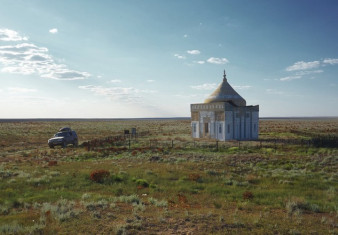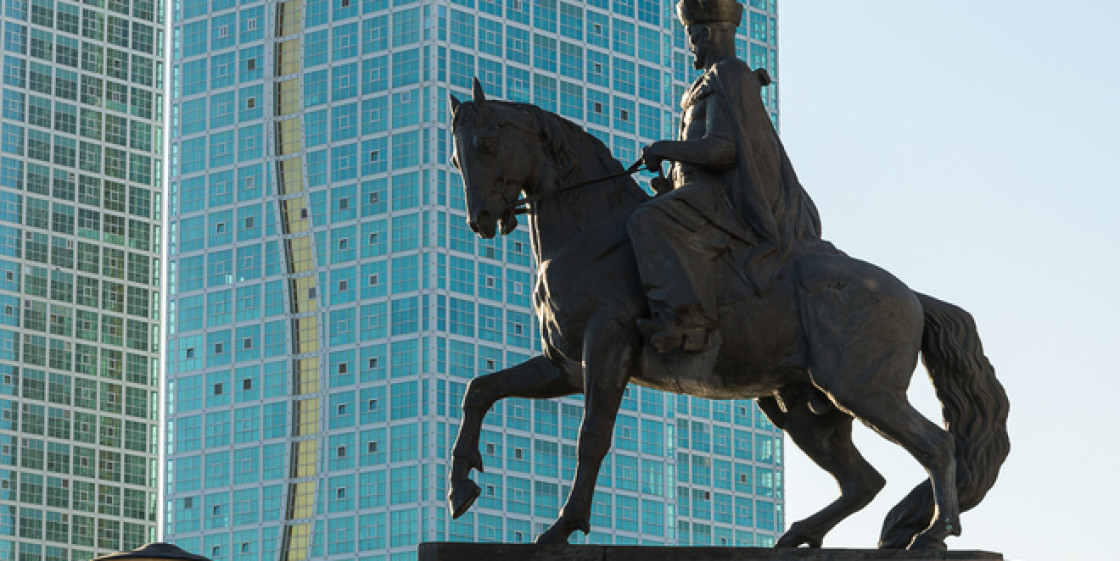
 Cultural heritage
Cultural heritage
51.1271, 71.4884
A majestic equestrian sculpture of the political and military leader Kenesary Khan stands proudly on the bank of the Ishim River, in one of the central districts of Astana.
This monument is one of the main symbols of independence. Kenesary Khan was a fighter of the national-liberation movement for the independence from the Russian Empire during his reign.
Kenesary Kasymov was the last Kazakh sultan, who was a grandson of Abylay khan and from origin of Genghis Khan. He was the leader of the most massive and significant uprising for independence of the Kazakh Khanate.
He led the national liberation movement of the Kazakhs from 1841 in order to rebuild the Khan's power, which was abolished by the imperial government of Russia. Kenesary Khan announced himself as a Khan on September 1841 at the congress of representatives of three Kazakh zhuzes, last areas of the country that saved independence from Russia, and rebuilt the Kazakh Khanate. A new Khan proclaimed the main goal – to preserve independence of all areas that did not entered to the Russian Empire.
Kenesary Khan paid much attention to the state structure. He added new forms and rules for managing people and restored the lost structural parts. The Army had strict discipline. He divided the army into divisions of one hundred and one thousand by taking them under certain control structure in order to prepare troops for military actions in large distances.
The uprising began from burning of Akmola fortress, where now located Astana, the capital of Kazakhstan. A large detachment of Russian colonial troops and the Kazakh horse forces of Russia khans were sent against rebels.
Despite achieved success in one of the periods (1843-1844 years) of Kenesary, who fought with imperial troops and individual plumes, it was forced to retreat. Kenesary settled on the areas of the elder zhuz, on the border with the Kyrgyz land. Kenesary Khan was defeated not from the overwhelming superiority of the royal army, because he was a victim of the treachery of his own companions, and Kyrgyzes captured him.
He died in the Kyzgyz place. The rebellion was not headed and soon suppressed. Kenesary Khan tried to preserve the independence of the country during his life, and he actively fought for freedom of the Kazakh people.
Kenesary Khan Monument was established in Astana. It was inaugurated on 11 May 2001, and this event was possible only after gaining independence of Kazakhstan.
Sculptor Nurlan Dalbay and architect Shota Valihanov created the monument. The sculpture is a bronze figure of the Khan on a horse, which established on a granite pedestal. The total height of the monument is 11 meters (the height of the figure - 6 m., the height of the pedestal -5 m.), and it has a weight of nearly 10 tons.
Kenesary Khan Monument is a landmark of Astana, and one of the most beautiful and majestic equestrian monuments in Kazakhstan.
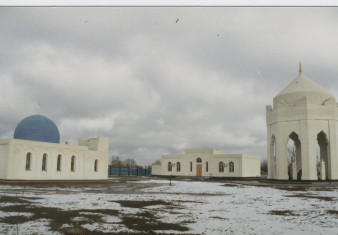
In 50 km from the modern city of Atyrau, there is one of perspective tourist routes, regional memorial estate "Khan Ordaly Sarajshyk" who opens all ancient history of the Kazakh people.
The grave site of the great Kazakh poet of the 19th century, free-thinker and inspirer of the rebellion of Makhambet Utemisov is situated in Inder, Atyrau region, 40 km to the south-east from the village Inderbor.
Atyrau region is rich in its architectural monuments of culture, one of them is considered to be Zhuban Mausoleum.
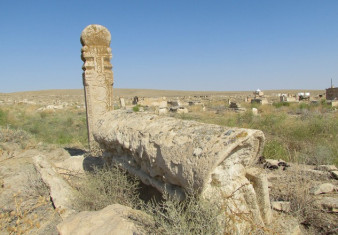
Senek reserve is an architectural monument of the XVII - XX centuries, it represents a necropolis consisting of several sepulchral constructions and an old mosque.
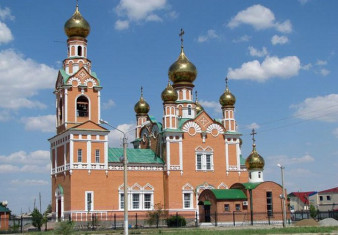
One of the oldest and most beautiful architectural monuments of the city - Uspenski Cathedral is located in the heart of the city of Atyrau, on Issatay Taimanov street, just a few steps from the main square.
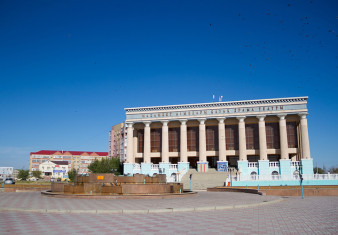
One of the leading places in the cultural life of Atyrau and the whole Atyrau region belongs to the Kazakh Drama Theater named after Makhambet Utemisov.














